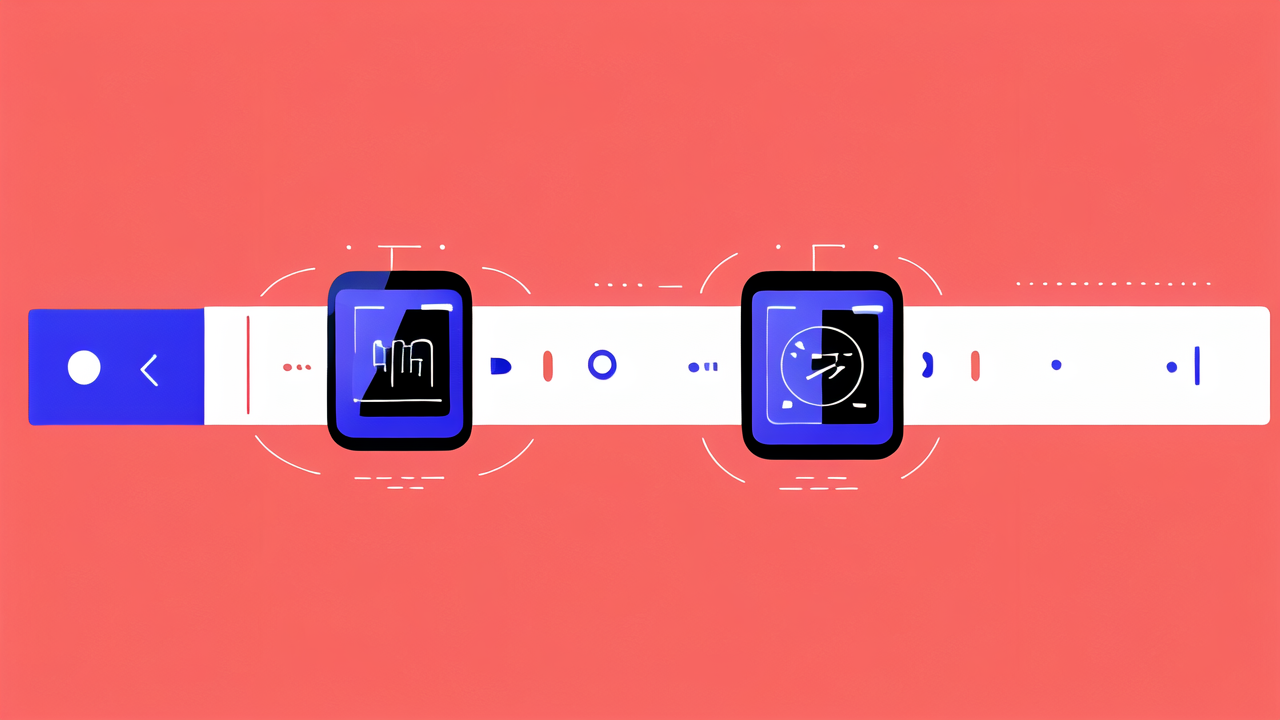The Evolution of Digital Watches with Heart Rate Monitoring
From Fitness Trackers to Smartwatches: Tracing the History
Digital watches with heart rate monitors began as simple fitness trackers. These gadgets were mainly for athletes. Now they have evolved into smartwatches. Today's devices are stylish and packed with features. They not just measure pulse, but also track sleep and steps. Companies started adding heart rate monitoring in the early 2000s. This made watches popular among health-conscious people. Tech advancements made monitors more accurate. The shift from niche to mainstream has changed how we view fitness.

Technical Innovations Behind the Pulse Sensor
Pulse sensors in digital watches have seen major tech advances. These innovations were vital:
- Photoplethysmography (PPG): Uses light to measure blood flow changes.
- Bioimpedance Sensors: Detect heart rate through skin's resistance to small currents.
- MEMS Technology: Micro-electromechanical systems improve sensor accuracy.
- Energy Efficiency: Advances in battery life extend watch use.
Together, these have improved pulse sensing in watches remarkably.
Regulatory Impact on Digital Watch Features
Regulatory factors have been key in shaping the digital watch industry. In the U.S., the FDA has guidelines for devices monitoring health, including heart rate watches. These guidelines ensure that the devices meet safety and efficacy standards. Companies must comply with these to market their products. The rules affect design, marketing, and features of pulse-sensing watches. They also impact innovation speed in the industry. Monitoring watch features often need FDA clearance, especially if used for medical purposes. This regulation ensures user safety and maintains public trust in these products.
Market Analysis of Pulse-Sensing Digital Watches in the US
Consumer Demand for Heart Rate Monitoring
Heart rate monitoring is now a must-have for many US consumers. They seek wearable, health-tracking tech. Digital watches with pulse sensors meet this need. People prefer them for fitness and daily health monitoring. With the rise of health awareness, demand continues to grow. These watches give valuable insights into personal wellness. The market has thus expanded, catering to health-conscious users. Wearable tech is booming, thanks to this trend.
The Competitive Landscape of the Digital Watch Industry
The digital watch industry in the U.S. is fiercely competitive. Brands vie for consumers with the latest tech and features. Heart rate monitoring has become a key battleground. Companies innovate to deliver accurate, non-invasive pulse sensing. Smartwatches are the segment leaders, with fitness bands also popular. Apple, Garmin, and Fitbit are major players in this space. They push the market forward with cutting-edge designs.
Key Players and Innovators in the Market
The pulse-sensing digital watch market in the US is led by notable companies. Apple, with its Apple Watch, stands at the forefront, offering advanced heart rate monitoring. Fitbit, known for its user-friendly fitness trackers, is also a key player. Samsung brings competition with its Galaxy Watch range. Garmin specializes in watches for athletes, with strong heart rate tech. Other emerging brands are also making waves with innovative features. This variety creates a dynamic and evolving market.
Future Directions and Challenges
The Role of AI and Machine Learning in Pulse Sensing
The integration of AI and ML is revolutionizing pulse-sensing watches. These technologies improve accuracy and predict heart events. They can offer personalized health insights. As AI evolves, expect smarter, more intuitive wearables. These innovations face technical and ethical hurdles but hold promise for preventive healthcare.
Integrating Heart Rate Data with Health Apps and Platforms
The future of pulse-sensing digital watches will be shaped by how well they integrate with health apps and platforms. Seamless integration can offer users a comprehensive view of their wellness metrics. These connections can enable personalized health insights and recommendations. For example, heart rate data can help tailor fitness programs or monitor recovery. It can also alert users and healthcare providers to potential health issues early on. Key challenges include ensuring compatibility across different devices and platforms, and maintaining user privacy while sharing sensitive health data.
Addressing the Privacy and Security Concerns in Wearable Technology
As wearable tech grows, so do concerns about privacy and security. Users' heart rate data can be sensitive. Digital watch manufacturers must protect this data. They use encryption and secure storage methods. User consent and clear policies are also vital. Companies face laws like HIPAA in the United States. The industry works on secure yet user-friendly solutions. The goal is to keep users' health data safe and private.




Leave a comment
This site is protected by hCaptcha and the hCaptcha Privacy Policy and Terms of Service apply.